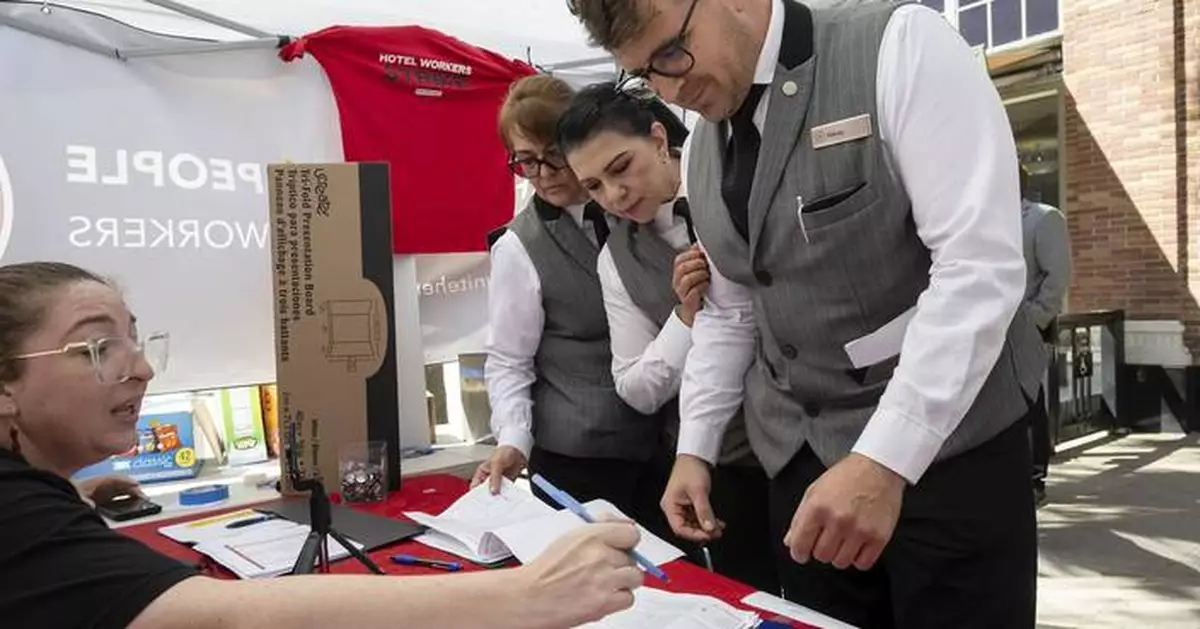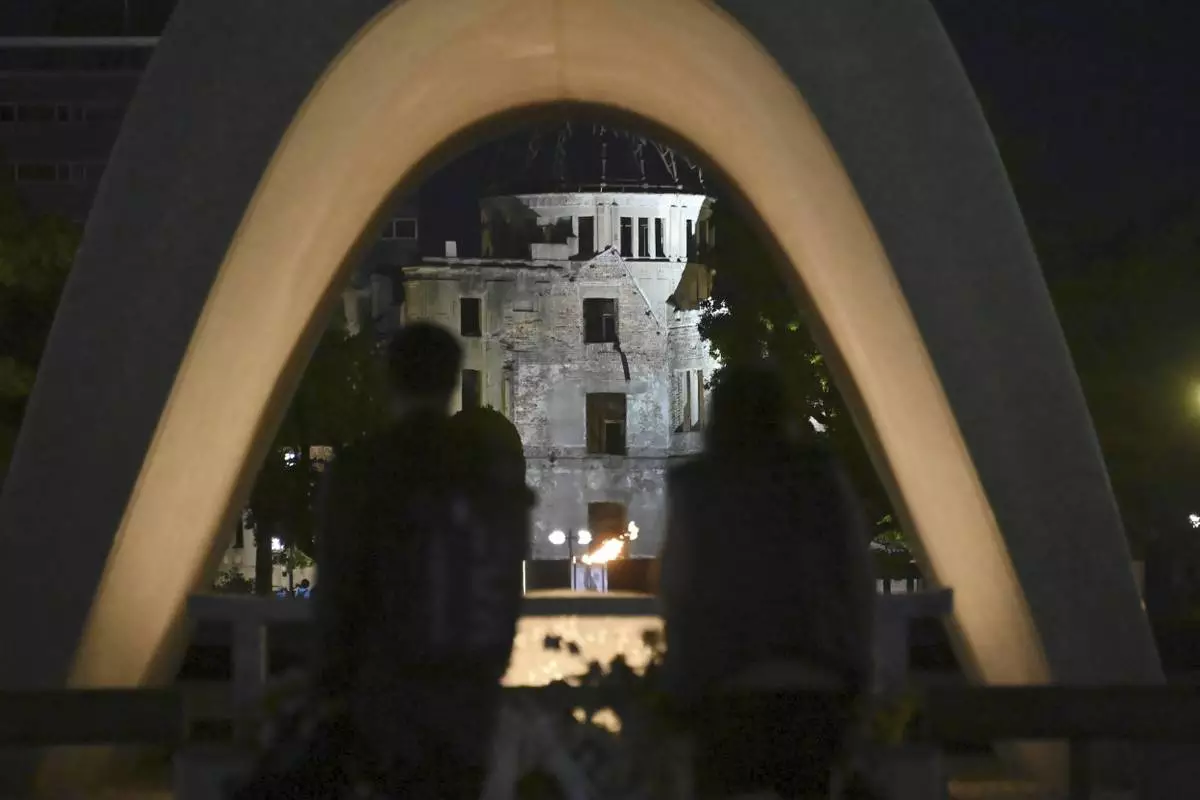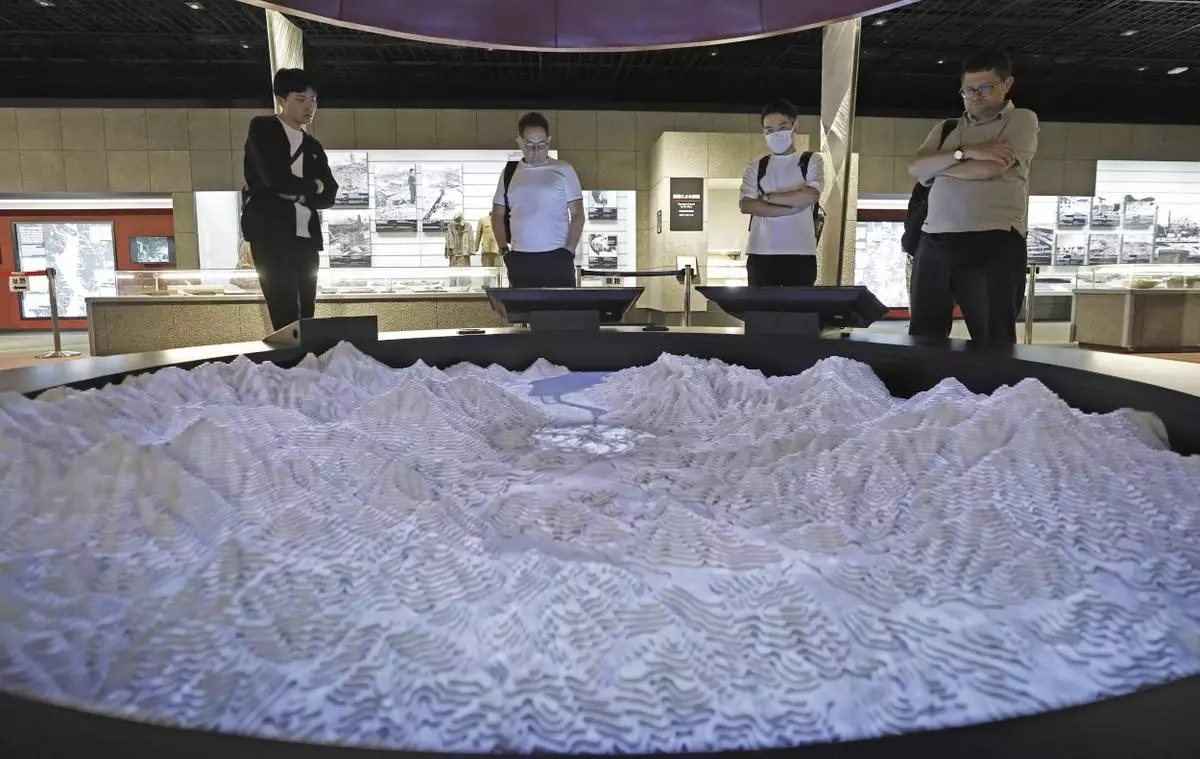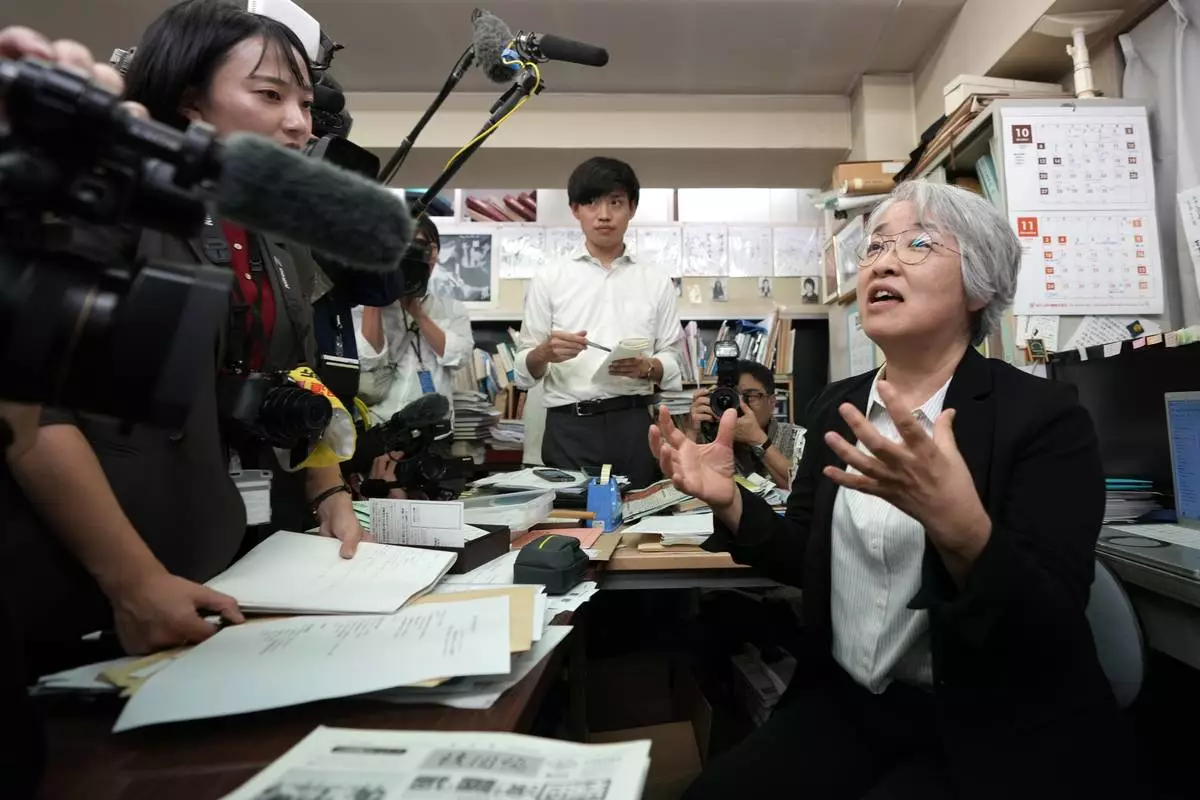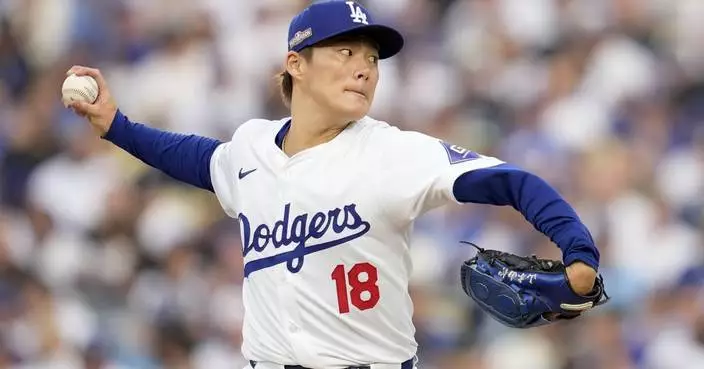LOS ANGELES (AP) — Voters will decide in November whether California should raise its hourly minimum wage to $18 by 2026 and pay workers what would be the highest statewide minimum wage in the country.
That would be on par with Hawaii, where workers are on track to get paid at least $18 per hour by 2028 under a law passed two years ago.
Five states — including Alabama, South Carolina and Tennessee — do not have a minimum wage, though they are subject to the federal hourly minimum wage of $7.25.
California's ballot measure, Proposition 32, would raise the state’s current minimum wage of $16 to $17 for the remainder of 2024 for employers with at least 26 employees, increasing to $18 per hour starting in January 2025. Without it, the state's minimum wage is set to increase to $16.50 per hour next year.
Small businesses with fewer than 26 employees would be required to start paying employees $17 an hour in January 2025 and $18 per hour in 2026.
Proponents of the measure say it will help low-wage workers to support their families in one of the most expensive states to live in in the country. Joe Sanberg, a wealthy investor and anti-poverty advocate, said the increase would give a raise of $3,000 a year to more than 2 million Californians who earn minimum wage.
He called the current situation happening in California “corporate welfare” because minimum-wage workers who work full-time don’t make enough to survive without government help.
“If someone who’s working full-time needs food stamps, doesn’t that mean that we as taxpayers are subsidizing the difference between what their employer should be paying them so that they could afford food and what they actually are paying them?” Sanberg said.
Opponents of the California measure say it would be hard for businesses to implement, particularly small employers with thin profit margins. They argue the cost would be passed onto consumers and could lead to job cuts.
“This increase, and the significance of how quickly it’s going to increase will really have a huge impact on them and their ability to maintain their business operations,” said Jennifer Barrera, president of the California Chamber of Commerce.
Nearly 40 California cities — including San Francisco, Berkeley, and Emeryville in Northern California — already have local minimum wages higher than the state’s. Since July, workers in Los Angeles have been paid an hourly minimum of $17.28.
West Hollywood has an hourly minimum wage of $19.08, but business owners there aren't happy either. A survey of 142 businesses commissioned by the city council found 42% of them said they had to lay off employees or reduce their hours because of the ordinance.
Fast food workers across the state received a bump to $20 an hour in April under a law signed by Gov. Gavin Newsom. The Democrat also approved legislation gradually raising wages for health care workers to $25 an hour by July 2026.
Fast food prices increased 3.7% after the law took effect while employment stayed relatively stable, according to a working paper from the University of California, Berkeley. But franchises in Southern California reported having to cut hours for workers as a result of the wage increase.
University of Pennsylvania professor Ioana Marinescu, who studies the labor market and wage determination, said increasing the minimum wage has not shown to have any net effect on the overall employment rate.
“There’s some positive, some negative, but on average the effect on employment is close to zero and that’s quite consistent across many studies,” Marinescu said.
Another common argument against raising the minimum wage is that those low-paying jobs are often filled by students or younger workers used as stepping stones to higher paying jobs.
But a report from the California Legislative Analyst’s Office found roughly half of low-wage workers were over the age of 35 and more than a quarter were over 50. The state’s largest low-wage occupation is home health and personal care aides and more than half of low-wage workers are Latino.
Small businesses already have been grappling with inflation impacting their bottom line, said Juliette Kunin, who owns a gift store in Sacramento called Garden of Enchantment. The business employs about six workers.
“I don't want to see anybody not being able to support themselves and working full time,” said Kunin, who has mixed feelings about the measure. “But, yeah, if it doesn't pencil out for us, then we aren't going to be able to survive.”
Workers picketed outside the Sheraton Grand Sacramento Hotel this week to demand higher pay and better benefits. Across the U.S. this year, thousands of hotel workers have gone on strike to fight for fair pay and workloads in the wake of COVID-era cuts.
Christian Medina makes $16 an hour in addition to tips as a banquet captain at the Sheraton Grand. He supports the proposition and hopes it helps workers better provide for their families.
“It’s hard getting paid $16 an hour,” he said. “I want to be able to save money for my daughter so she can go to school, go to a good college.”
Some say that even if the measure passes, it wouldn't go far enough.
Carmen Riestra, a uniform attendant at the hotel who makes $19 an hour, said an $18 minimum wage would still not be enough to afford living in Sacramento.
Riestra loves her job and has worked at the Sheraton Grand for 11 years, but the employees’ workloads have increased in recent years due to job cuts, she said.
“And the payment’s only $19?” she said. “That’s not fair.”
Austin reported from Sacramento, Calif. She is a corps member for the Associated Press/Report for America Statehouse News Initiative. Report for America is a nonprofit national service program that places journalists in local newsrooms to report on undercovered issues. Follow Austin on Twitter: @ sophieadanna
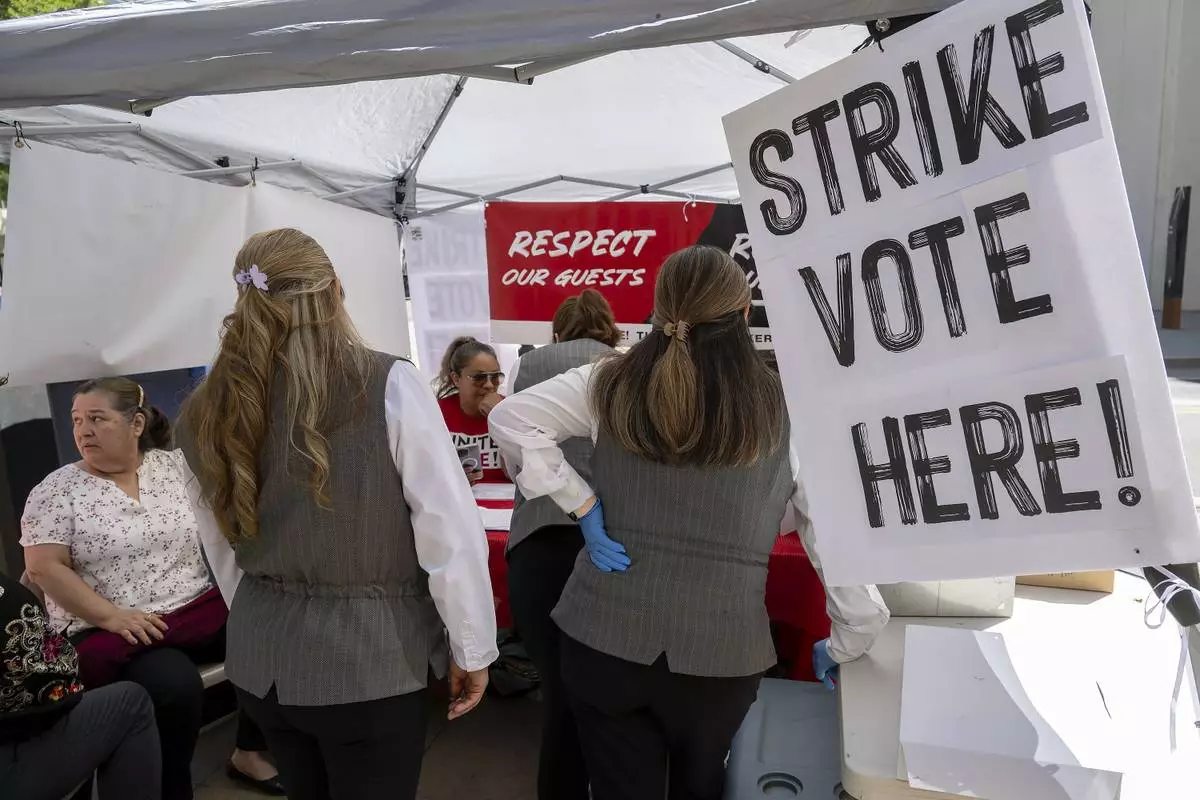
Sheraton Grand Hotel workers represented by United Here Local 49, a union that represents hospitality workers, participate in a strike authorization vote in Sacramento, Calif., Wednesday, Sept. 11, 2024. The union is asking for higher wages and the reversal of COVID-era staffing cuts. (Paul Kitagaki Jr./Sacramento Bee via AP)
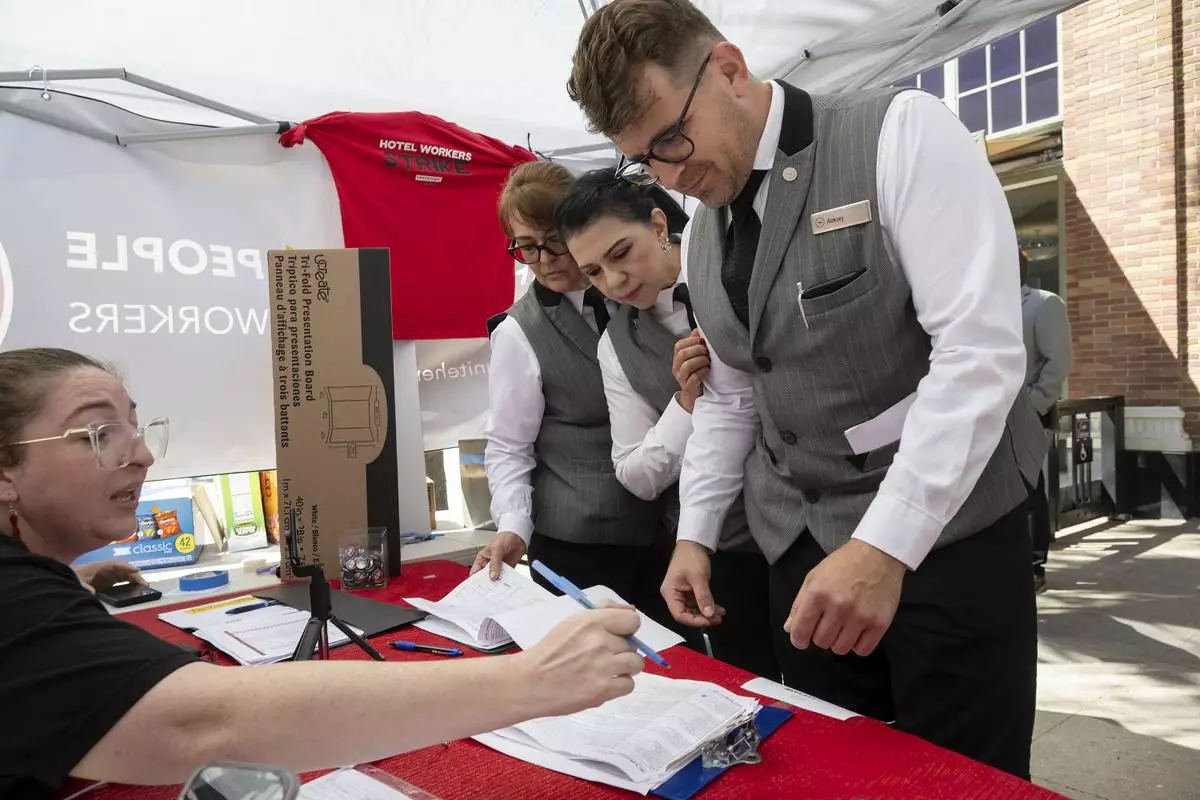
Sheraton Grand Hotel workers Lupe Ventura, center, and Alex Ivanitsky, right, who are represented by hospitality workers union United Here Local 49, participate in a strike authorization vote in Sacramento, Calif., Wednesday, Sept. 11, 2024. The union is asking for higher wages and the reversal of COVID-era staffing cuts. (Paul Kitagaki Jr./The Sacramento Bee via AP)


